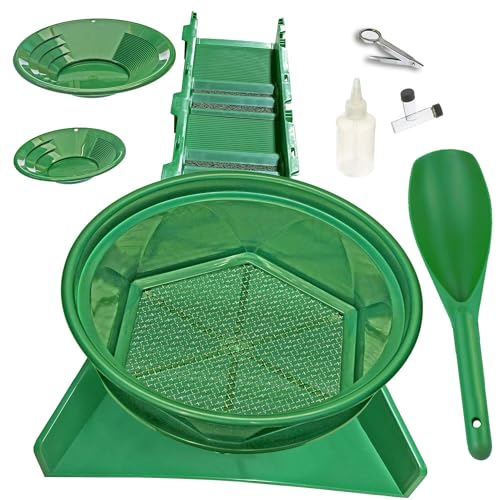- Joined
- Oct 17, 2019
- Messages
- 8
- Reaction score
- 6
Gday all,
I have a couple of silly questions that I hope someone could help me with.
I have heard that when running a creek sluice we shouldnt over or under feed. I think I get why we shouldnt over feed but how do you under feed a sluice( is it possibly to feed it too slow).
If it is possible to under feed does that mean we have to clean up sluice after we have run our classified materials, then set up again once we have more material ready to feed.
The other question is, Ive been classifying wet into buckets with water and stringently breaking up any clay and dirt with gravels, but by the time I have 2 or 3 buckets ready I find my material clumps up again and requires constant stirring in between scoops and some times I have to use my hand and squeeze and break up material onto sluice instead of using scoop/shovel.
Hope Ive made sense, any advice or feed back is much appreciated
Cheers
I have a couple of silly questions that I hope someone could help me with.
I have heard that when running a creek sluice we shouldnt over or under feed. I think I get why we shouldnt over feed but how do you under feed a sluice( is it possibly to feed it too slow).
If it is possible to under feed does that mean we have to clean up sluice after we have run our classified materials, then set up again once we have more material ready to feed.
The other question is, Ive been classifying wet into buckets with water and stringently breaking up any clay and dirt with gravels, but by the time I have 2 or 3 buckets ready I find my material clumps up again and requires constant stirring in between scoops and some times I have to use my hand and squeeze and break up material onto sluice instead of using scoop/shovel.
Hope Ive made sense, any advice or feed back is much appreciated
Cheers















































